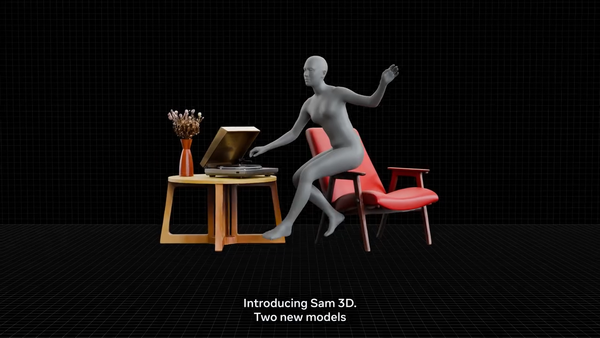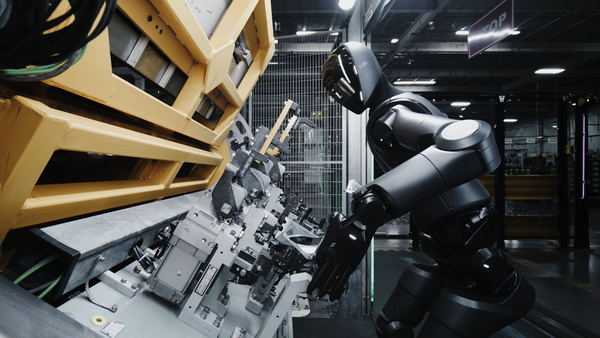RP1 Launches First Metaverse Browser for the Spatial Web

- RP1 introduced the world’s first metaverse browser at AWE USA 2025, enabling real-time access to persistent 3D content and services.
- The platform supports decentralized hosting and a global digital twin for seamless navigation across virtual and augmented environments.
RP1 has introduced the world’s first metaverse browser, a new software platform designed to make 3D spatial content instantly accessible across devices. The browser enables real-time interaction with immersive environments and third-party services, without requiring app downloads or installations. RP1 unveiled the technology at AWE USA 2025.
The browser operates on a single, unsharded architecture that supports the entire global population, incorporating spatial audio and six degrees of freedom (6DOF). It includes a 1:1 scale digital twin of Earth and beyond, allowing users to discover and interact with spatial content in both AR and VR. Businesses can deploy services on their own servers through RP1’s decentralized hosting model.
“Current browsers like Chrome and Safari were not designed for immersive, real-time 3D content and services for AR glasses,” said Sean Mann, Co-Founder and CEO of RP1, in an official press. “RP1’s 3D Browser is built for a world of real-time, volumetric, spatial experiences. It connects the entire global population with 3D content inside a single, persistent XR ecosystem — across virtual and physical locations spanning education, commerce, entertainment, digital twins, smart cities, work, transportation, and even space exploration.”
The browser supports immersive experiences across various industries, including retail, education, healthcare, and entertainment. It promotes open access and interoperability, allowing users and developers to build freely. The company contrasts this model with platforms that require centralized control or walled environments.
🌀 Tom’s Take:
There is a massive opportunity in the spatial web. The browser serves as a frictionless entry point to a vast ocean of content and connections with people from all around the world. Legacy browsers are gradually spatializing, but none have yet fully reimagined what the World Wide Web could look like in the era of spatial computing. RP1 is making that leap.
Source: Business Wire/RP1






